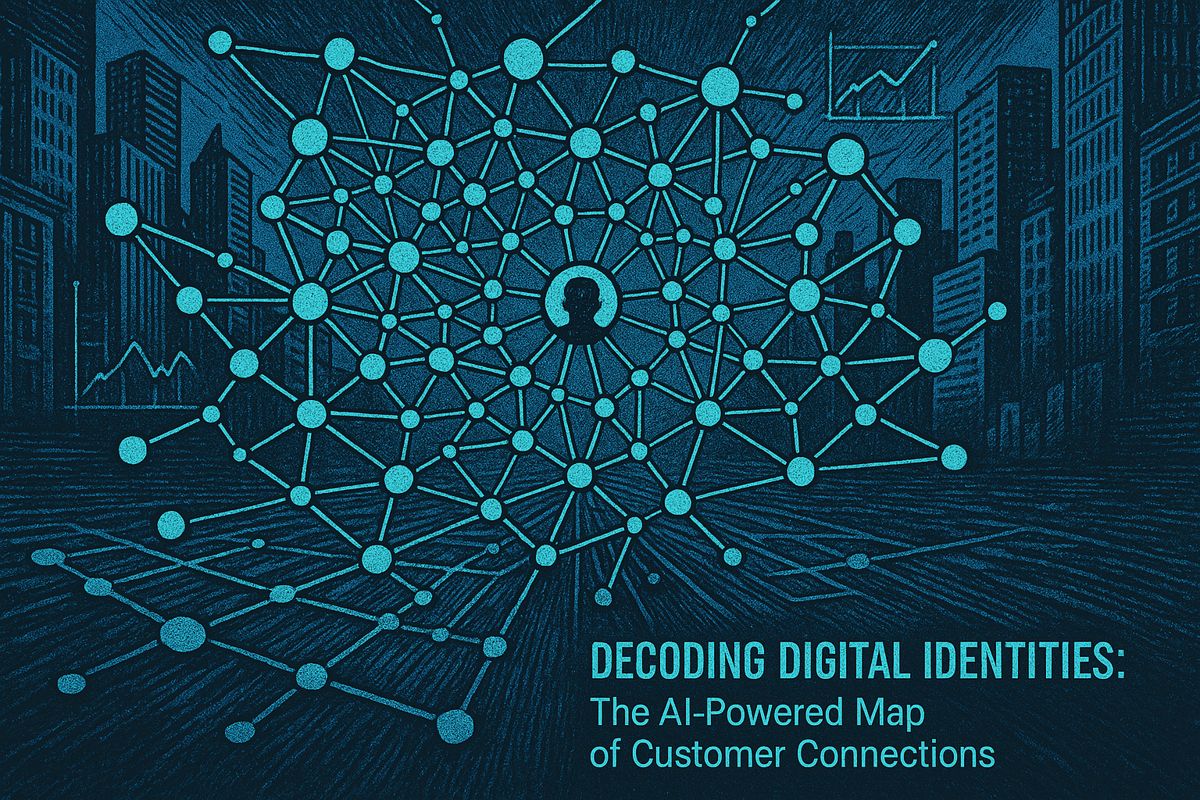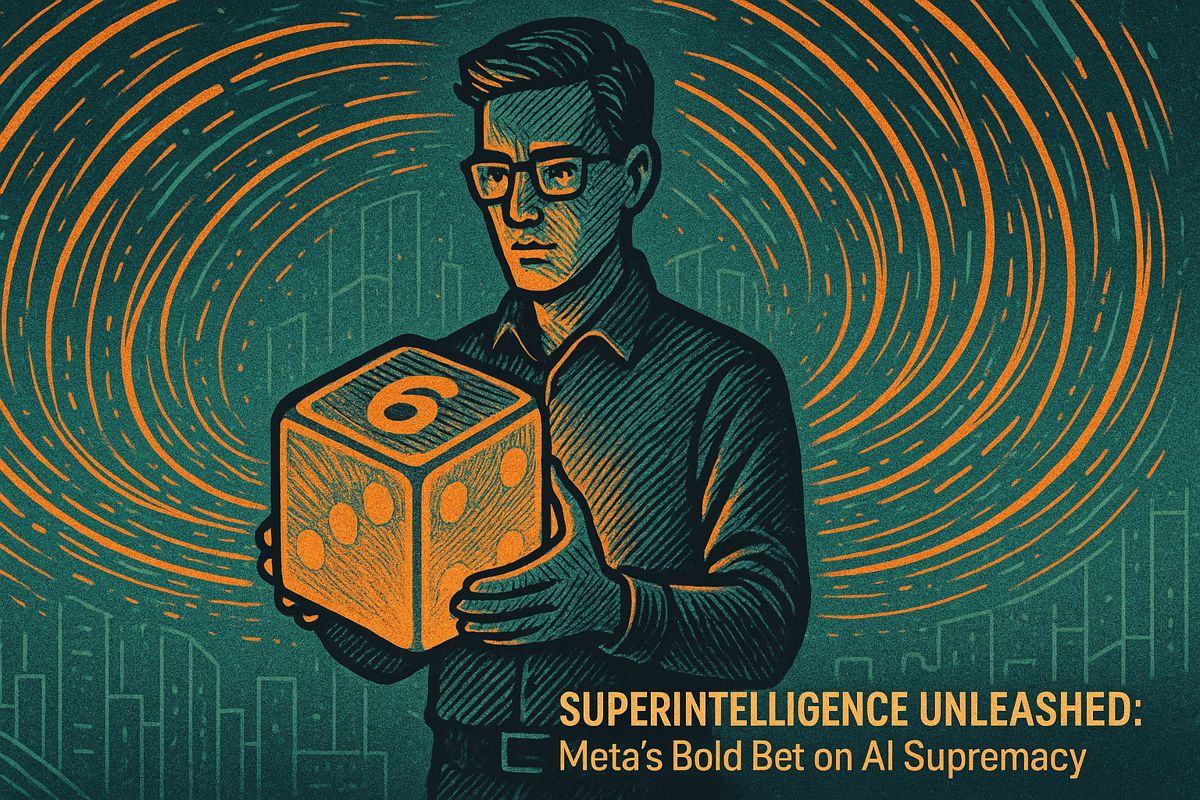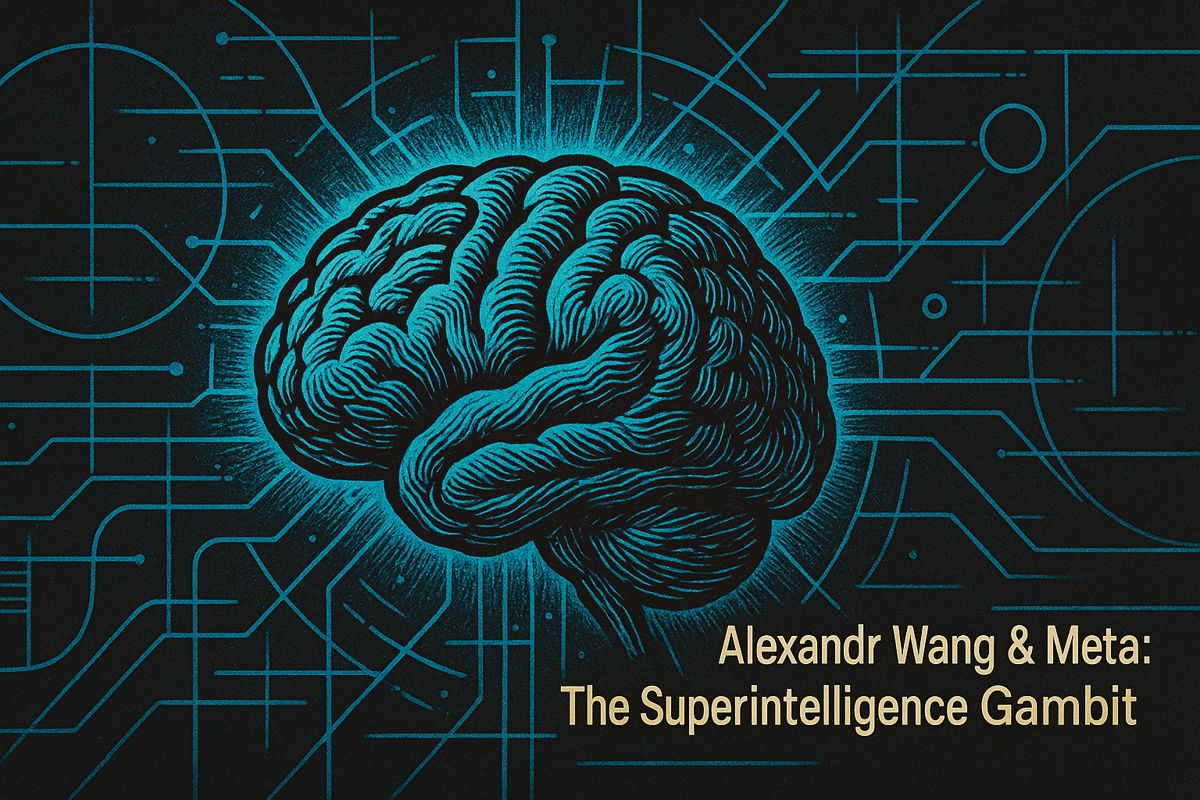Here’s the text with the most important phrase bolded:
Hightouch’s Adaptive Identity Resolution is a game-changing AI tool that solves the messy world of customer data management. By working directly inside a company’s data warehouse, it uses smart matching techniques to accurately connect customer profiles across different platforms. The system can switch between precise deterministic matching and clever probabilistic AI detection, helping businesses eliminate duplicate records and create more reliable customer insights. With visual transparency and integration across hundreds of tools, it offers companies a trustworthy way to understand their customer data. Real-world results from major brands like Warner Music Group and PetSmart show that this technology can dramatically improve data accuracy and personalization.
What is Hightouch’s Adaptive Identity Resolution?
Hightouch’s Adaptive Identity Resolution is an AI-powered solution that unifies customer data directly in your data warehouse, using both deterministic and probabilistic matching to create accurate, transparent customer profiles across multiple platforms with high precision and security.
The Real-World Pain of Customer Data Chaos
Sometimes, I catch myself wading through a thicket of AI press releases, barely paying attention. But something about Hightouch’s new Adaptive Identity Resolution announcement made me pause, a little like hearing an off-key trumpet in a familiar orchestra. Identity resolution – that perennial migraine for anyone wrangling customer data – sits at the crossroads of technical grit, human psychology, and business necessity.
Let me paint a picture: a few years ago, I tangled with four marketing platforms, each with its own idea of who our customers were. The result? Duplicate entries, laughable pseudonyms (shoutout to “Mickey Mouse”), and a creeping dread every time I opened the CRM. I remember Priya, a marketing manager, poring over spreadsheets as if solving an Agatha Christie mystery. Is this John Smith the same as that John Smith? She’d compare device IDs, cross-reference emails, and occasionally, I swear, resort to magical thinking.
You know the sinking feeling when you realize your “unified list” is anything but unified? It’s like biting into what looks like a chocolate chip cookie, only to find it’s full of raisins. Ugh.
Inside the Machine: How Adaptive Identity Resolution Works
So what’s new here? Hightouch’s solution runs natively inside your own data warehouse – think Snowflake, Redshift, or BigQuery. There’s no need for risky data transfers or labyrinthine cloud migrations. I know the relief of not having to explain to Legal why customer data is going on yet another trip to an unknown server farm. It’s like inviting a Michelin-starred chef to cook in your kitchen instead of trusting your groceries to a faceless takeout joint.
What caught my nerdy curiosity was the dual-mode approach: deterministic and probabilistic matching. Deterministic matching is the steel trap – if two records share a phone number or email, that’s a lock. Probabilistic matching, powered by AI, is more the detective with a keen eye for patterns. It connects data points with the subtlety of a sommelier picking scent notes from a glass of Château Margaux. Sometimes, the system even recognizes the same customer across disparate channels, catching connections most humans would miss.
Hightouch lets you switch modes as needed. Sensitive financial campaigns? Go deterministic. Broader marketing push? Lean on probabilistic AI. I imagine Priya’s relief at finally escaping her spreadsheet purgatory. Even now, I can remember that physical sensation – the mild headache behind my eyes when a merge went wrong, and I had to explain the mess to our CMO.
Control, Transparency, and the Human Instinct for Trust
One thing I appreciate is how Hightouch shows the identity graph visually. You see profile confidence scores and the web of connections—almost like peering into a neural network’s daydreams. There’s a comfort to this transparency, especially for those of us burned by “black box” AI in the past. Have you ever had to justify why your user base shrank by 200,000 overnight? I have. It’s humbling.
Integrating with existing tools – Salesforce, Braze, Google Analytics, and over 250 others – is practically a breeze. No more endless CSV uploads, which, let’s be honest, always seem to happen at 4:30 PM on Fridays. The real-time updates are a boon for analytics teams who crave up-to-date segmentation. There’s even an olfactory detail to the relief: it smells faintly of fresh-cut grass after a storm, that sense of something long-awaited finally arriving.
But identity resolution, at its core, is a matter of trust. You need to know you’re talking to the right person, not sending “Dear [First Name]” to a ghost record, or worse, targeting the wrong Jane Doe with a sensitive offer. The adaptive, AI-driven approach mimics the way humans operate in real life – certain when we need to be, flexible when we must.
Results in the Wild and Why It Matters
Big names like Warner Music Group, PetSmart, and WeightWatchers have already put Hightouch’s system through its paces. Their case studies? Genuinely impressive, showcasing sharper personalization and fewer duplicate records. The warehouse-native architecture keeps data secure, avoids duplication, and, dare I say, brings a breath of composability to the martech stack.
I’ll admit, I once doubted these systems could deliver – my history with over-hyped tools made me skeptical, bordering on jaded. But seeing real results from real companies nudged me into optimism. Sometimes, even the most stone-cold cynic gets proven wrong.
So, what’s the upshot? If you’re tired of wrestling spreadsheets, or if you’ve ever flinched at the words “deduplication project,” it’s time to look at Hightouch. The AI revolution rarely feels this practical… or this oddly reassuring. Maybe, just maybe, the future of customer data isn’t so messy after all.
Oops, almost forgot my coffee.



















